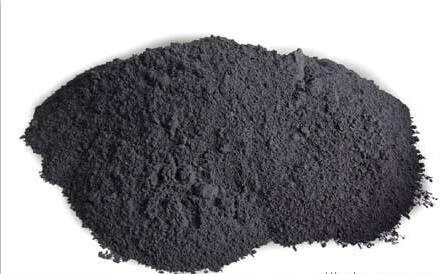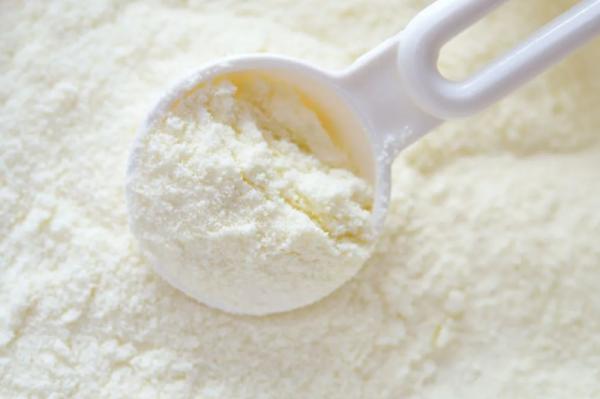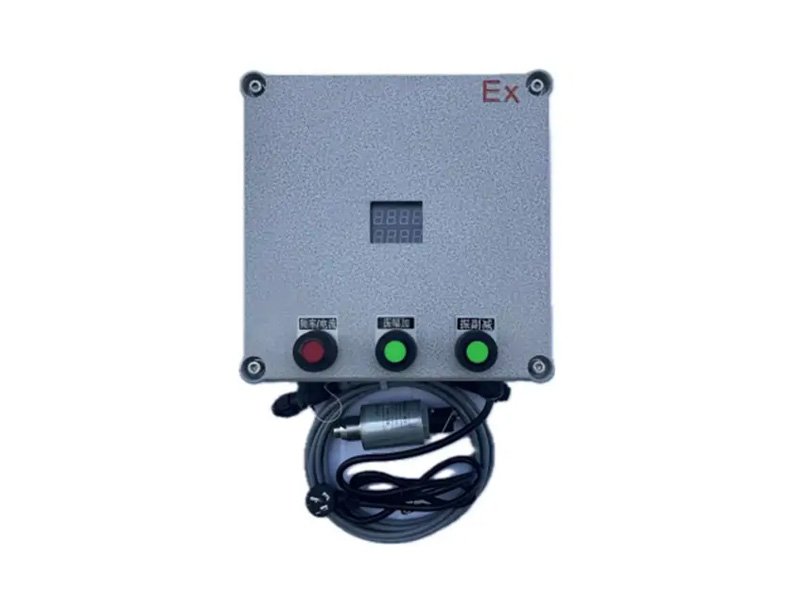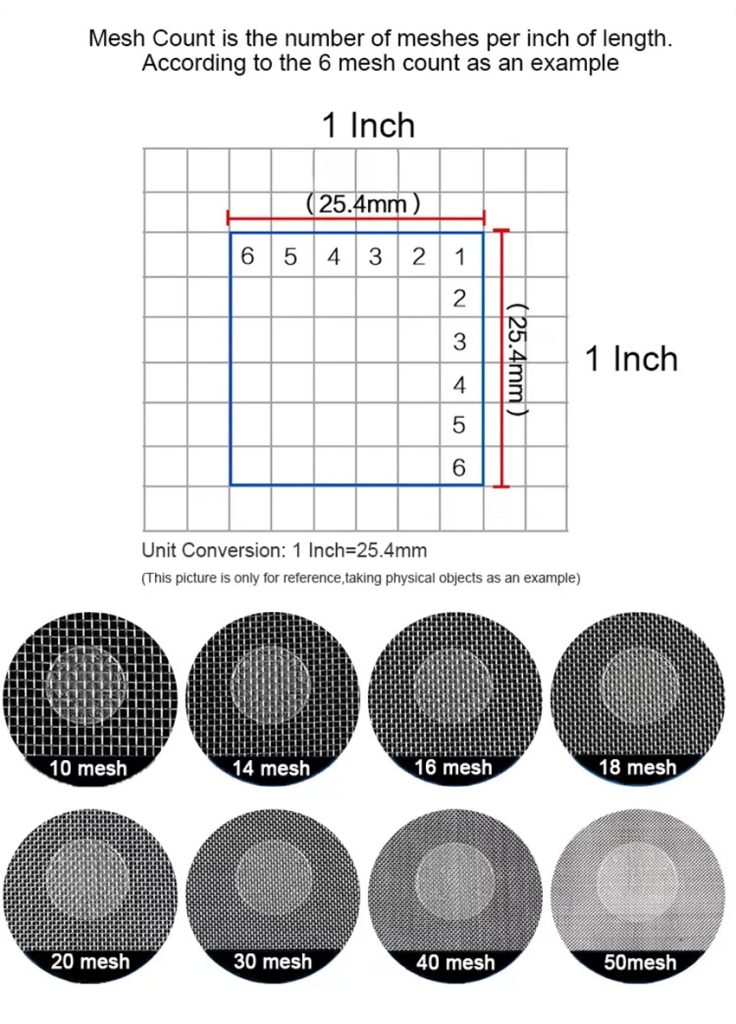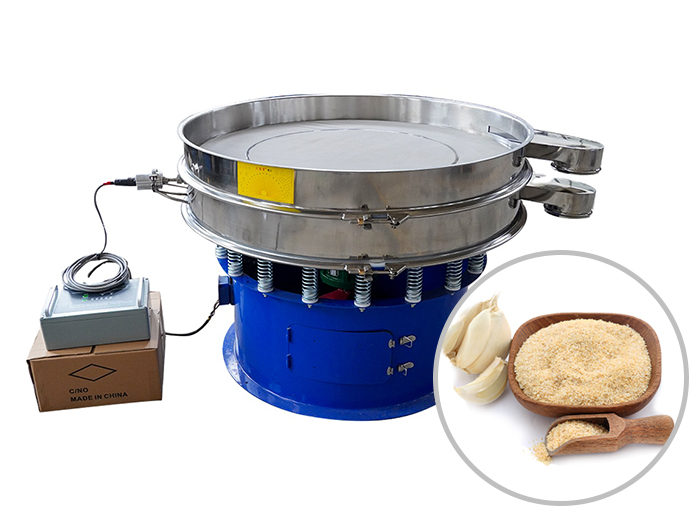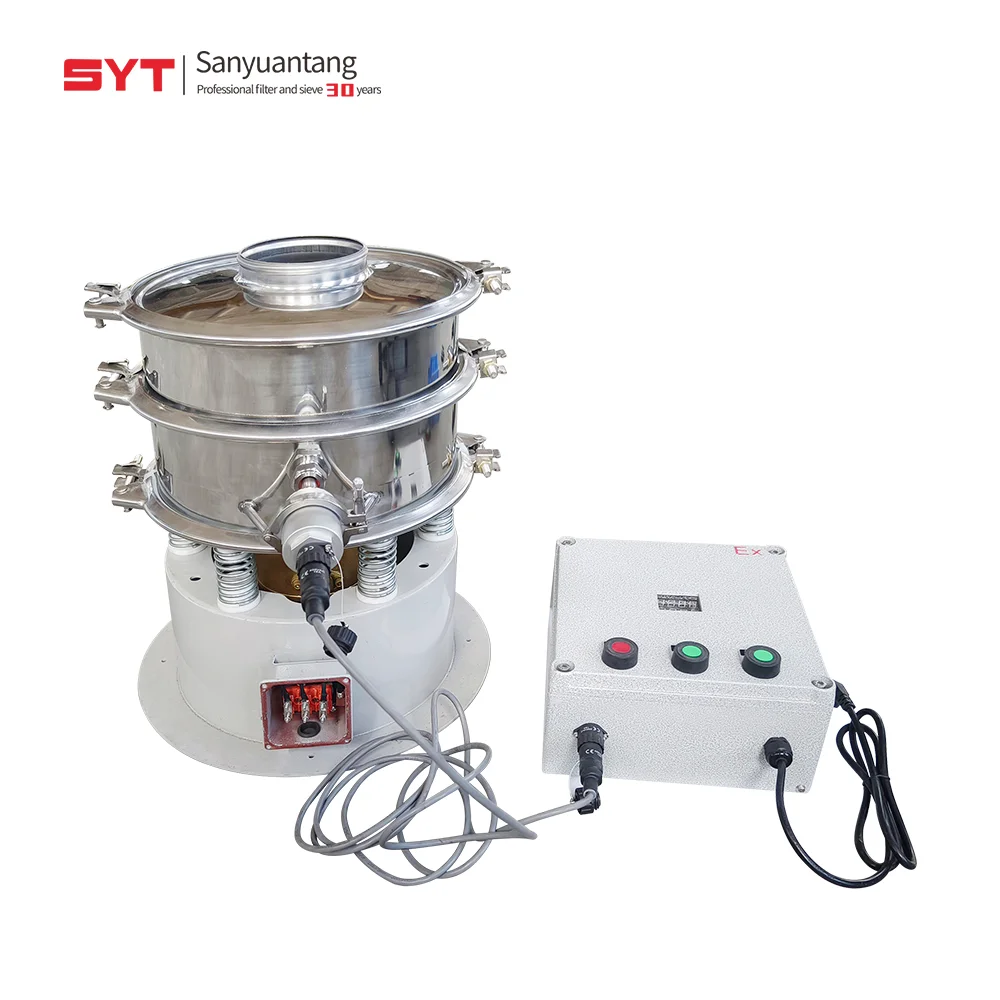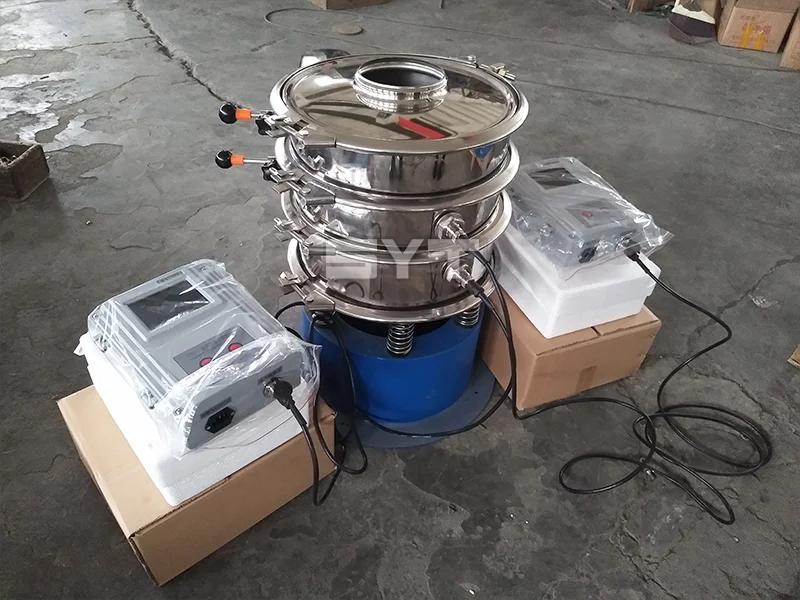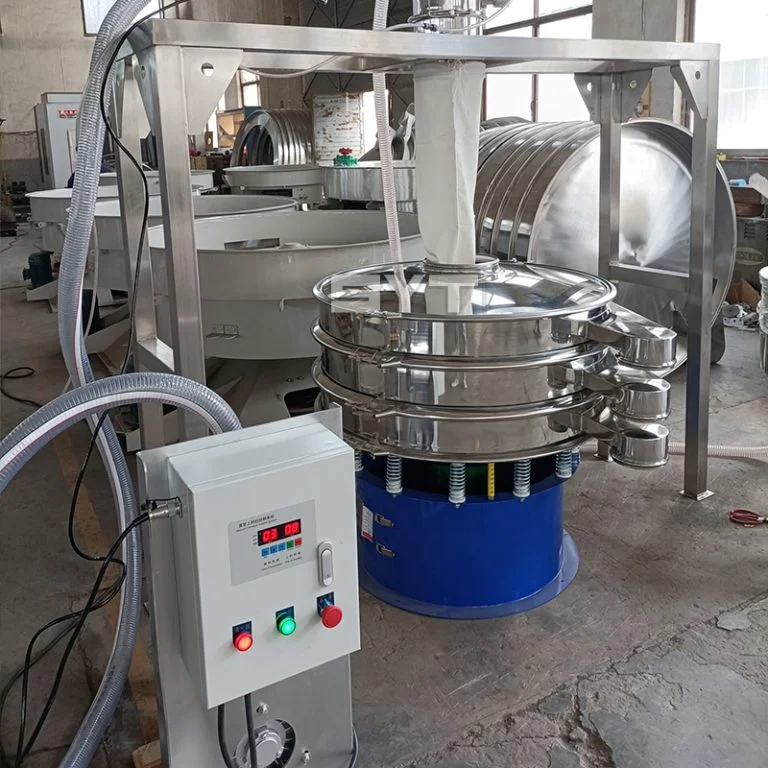The ultrasonic vibrating screen is based on the traditional vibrating screen, and an ultrasonic screening system is added. The system can input 220V/50Hz or 110V/60Hz electricity into the ultrasonic converter and efficiently convert it into 36KHz mechanical vibration energy. High-frequency vibration acts on the screen, with a vibration frequency of up to 36,000 times per second, prompting fine powder materials to form a micro-suspension layer on the screen surface, accelerating the process of material penetrating the screen, and effectively avoiding static adsorption and material adhesion.

The ultrasonic vibrating screen has an automatic net cleaning function, which can achieve the effects of screening and cleaning at the same time during the screening process, effectively improving the production efficiency of difficult-to-screen materials.
Ultrasonic System structure

- Ultrasonic drive source: equipped with 38KHz high-power high-frequency resonance module, built-in intelligent microprocessor, automatically adapt to and lock the best digital frequency, eliminating manual adjustment and convenient operation. The power supply design ensures that the oscillator runs for a long time with low heat and stable and reliable performance.
- Connection cable: Use high-quality cables to achieve a stable electrical connection between the ultrasonic oscillator and the power module.
- Aviation connectors: Use high-specification aviation-grade connectors to ensure stable signal transmission and easy plugging and unplugging.
- Ultrasonic transducer: High-performance ultrasonic conversion unit, efficient conversion of electrical energy into mechanical vibration energy.
- Resonance grid: carefully constructed by the external frame and the resonance ring to enhance the ultrasonic propagation effect.
Application of Ultrasonic Vibrating Screen
Ultrasonic vibrating screens are specially designed to handle materials with strong adsorption, easy agglomeration, high static electricity, high fineness, high density, and light-specific gravity. Dry powder particle size classification can be up to 25µm or liquid filtration can be down to 10µm. Especially suitable for screening high-quality, fine powders, such as 400 mesh, 500 mesh, and 600 mesh screening silicon carbide, alloy powder, molybdenum powder, stainless steel powder, tungsten powder, nickel powder, nut powder, cobalt powder, powder coating, quartz Powder, bumidone powder, malt powder, ribavirin, coffee powder, electromagnetic powder, negative electrode material, laser powder.
 Metal Powder
Metal Powder Graphite powder
Graphite powder nut powder
nut powder Paint Coating
Paint Coating Medicine Powder
Medicine Powder Milk Powder
Milk Powder
Features of Ultrasonic Vibrating Screen
- High-precision, high-mesh screening, material screening mesh number >500 mesh.
- Precisely control the particle size range of materials to achieve high-precision screening.
- It can be used in single layer or multi-layer, and a set of intelligent ultrasonic generators can drive three ultrasonic transducers at the same time.
- The screen is self-cleaning and has no mesh clogging, improving screening efficiency.
- Keep the properties of the materials being processed stable.
- It can improve the screening accuracy by 1-100% and increase the output by 1-10 times.
Reduce the Noise of Ultrasonic Vibrating Sieve
Due to the structural characteristics of the ultrasonic vibrating screen, it is normal to produce some noise during operation. However, if the noise is too loud in abnormal situations, it will cause great trouble to the production environment and also affect the production quality. So how to reduce the noise to a normal acceptable range? Please continue reading this article, we will introduce 5 ways to reduce noise.
1. Tighten all parts on the ultrasonic vibrating screen
Tighten all parts on the ultrasonic vibrating screen, especially the screen plate that needs to be replaced frequently, to avoid additional vibration caused by the loosening of individual parts.

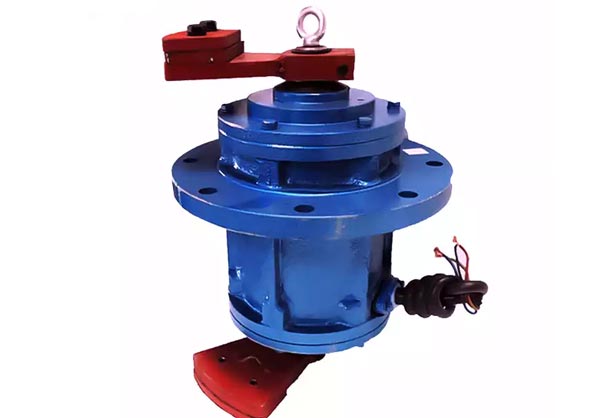
2. Motor Plus Soundproof Cover
The screening power source of the ultrasonic vibrating sieve relies on a vibration motor. Adding a soundproof cover outside the vibration motor can isolate the noise generated by the vibrating screen motor and reduce the spread of noise to the outside.
3. Bearing Increased Damping Treatment
Bearings are important components in ultrasonic vibrating sieves that bear vibration loads. Add damping material, such as rubber or foam plastic, to the bearing seat or bearing cap. These materials have good vibration absorption and sound insulation properties, which can reduce the generation and transmission of vibrating screen noise.


4. Add Rubber Plate
Adding rubber plates to the screen frame, side plates, feed inlet, discharge port and receiving bottom plate of the ultrasonic vibrating screen box to effectively suppress the high-frequency vibration of the side panels and reduce radiated noise.
5. Rubber springs replace steel springs
Rubber springs replace steel springs for small ultrasonic vibrating screens to reduce impact.

Amplitude Adjustment of Ultrasonic Vibrating Screen
The adjustment of the amplitude of the ultrasonic vibrating screen affects the screening output and accuracy of the materials. The amplitude adjustment is divided into 3 stages.
- Low amplitude: It is mainly used for materials that are heavier in proportion to the material and have good fluidity. There is no need to make the material jump very high.
- Medium amplitude: Mainly used for screening general materials, which can prevent the materials from blocking the network and preventing the materials from jumping too high.
- High amplitude: It is mainly used on materials with light-specific gravity, very high viscosity, and static electricity to prevent the materials from adhering. The high amplitude of ultrasonic waves can break up the materials, which is more conducive to the screening of materials.
Conclusion
The above content summarizes the working principle of ultrasonic vibrating screen, the structure of ultrasonic system, application materials, characteristics, and how to reduce noise, etc. If you have any questions about ultrasonic vibration screen, please feel free to contact our professional team.

